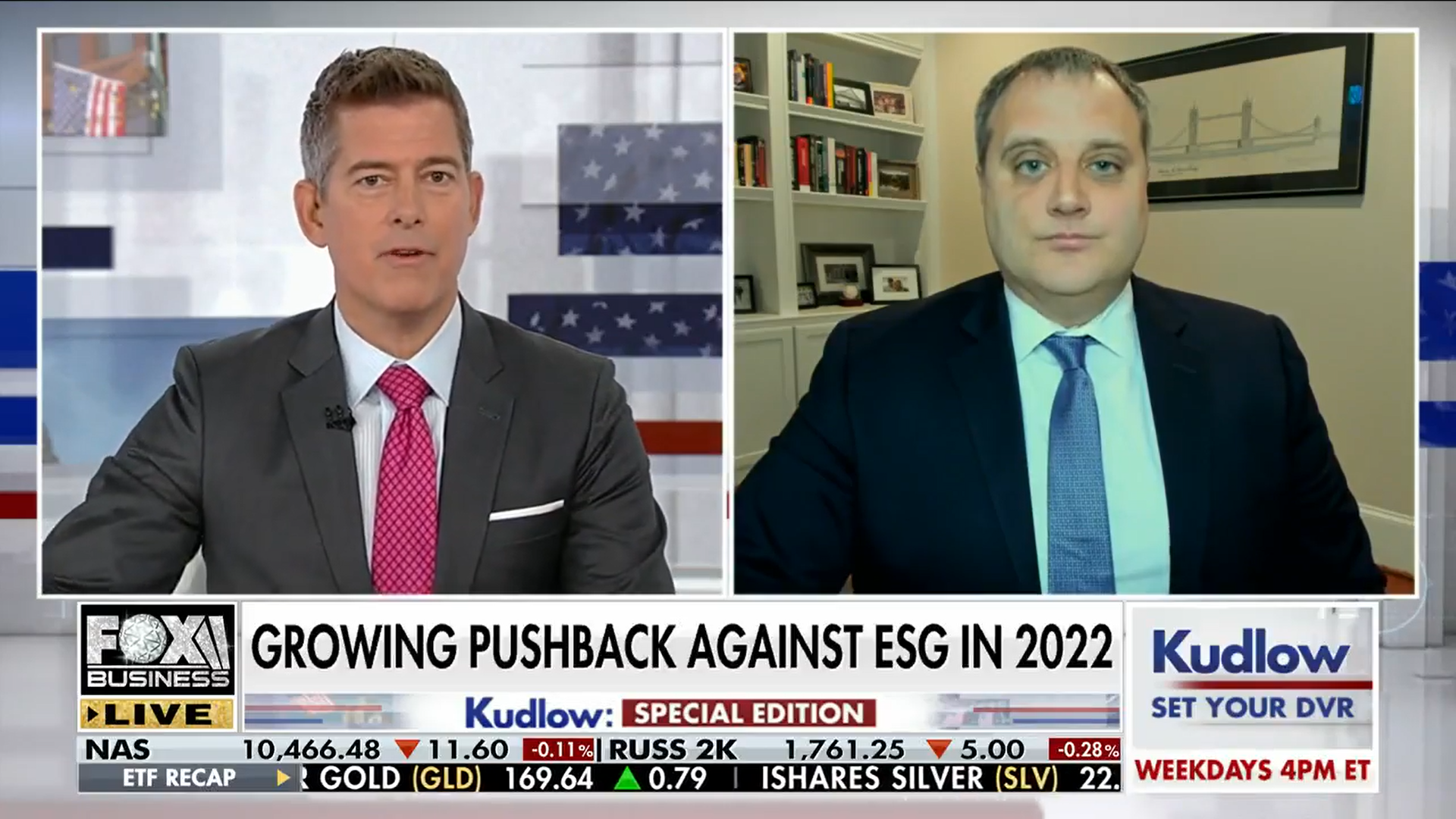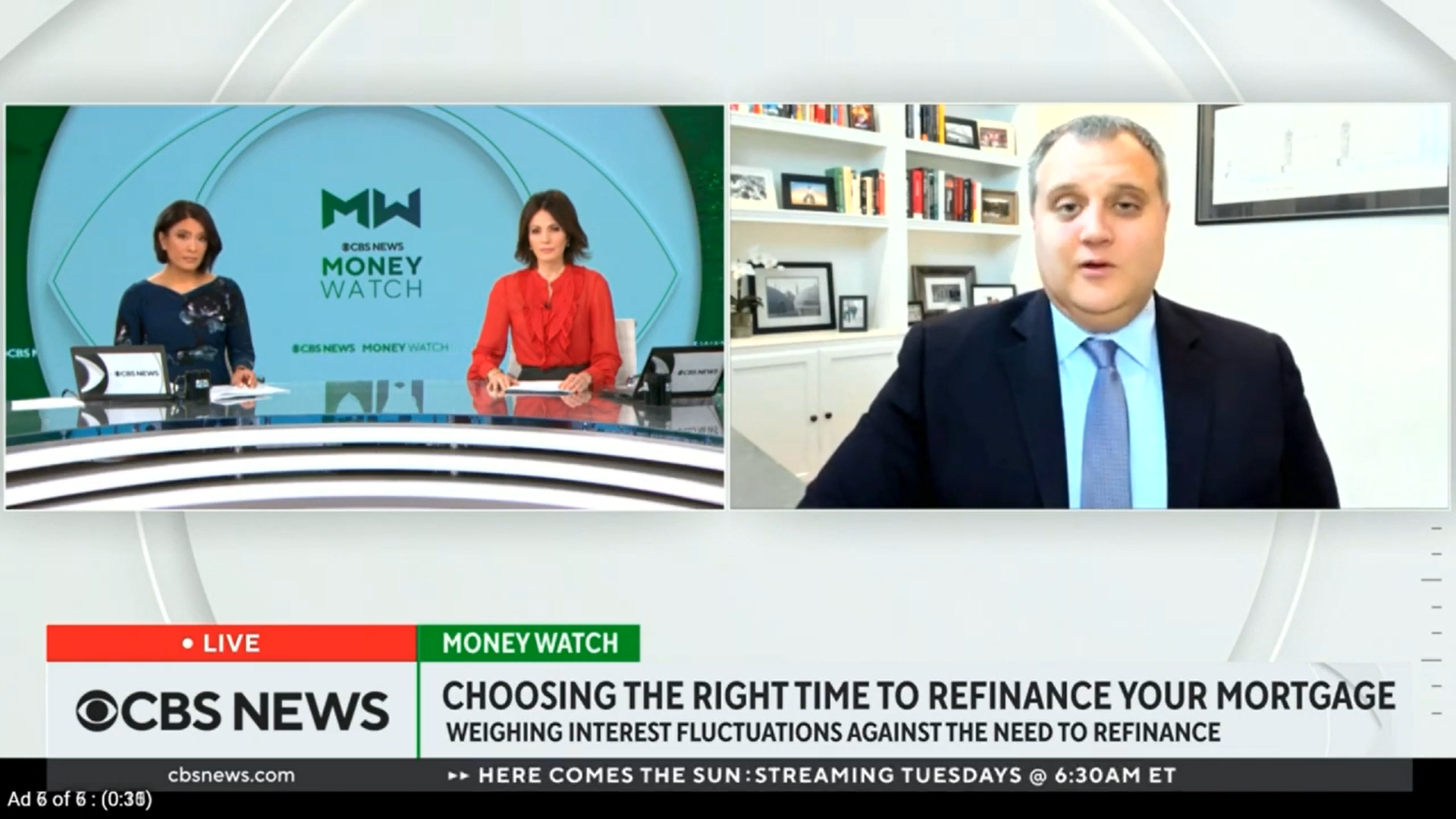A Hard Yes on a Soft Landing – by Michael Bright
The Federal Reserve is in the later stages of one of its most aggressive interest-rate tightening campaigns in decades. Even though the Fed woefully underappreciated the risk of inflation at the beginning of 2022, it has done an admirable job of catching up. Several signs suggest it is on track to achieve its stated goal of price stability without economic calamity.
The Fed will almost certainly continue to raise rates this year, beginning this week, though it will move at a slower pace than last year. Most experts foresee an economic recession in 2023, largely because of those hikes. Recession probably can’t be completely avoided. The transition away from an economy awash in COVID stimulus checks and work-from-your-couch orders was always going to be rocky. There was no way to get inflation back to 2 percent annually without an economic downturn of some kind.
But commentators have been too fixated on “will we or won’t we” have a recession. The markets clearly are signaling that they expect one. The question is, how steep? My best guess: Not as steep as some pessimists are predicting.
Can a recession be mild? Well, yes, it can, and I think this one will be. Look at housing. Housing is roughly a quarter of the total U.S. economy and was at the center of the last major downturn. Support for housing has been a centerpiece of the Fed’s Quantitative Easing program since 2009. Still, last year was an awful year for this sector. Construction on new homes and homebuyer sentiment fell to multiyear lows. This was exactly what would be expected from interest rates doubling in just a few months.
A lot of home seekers got sticker shock at 7 percent mortgage rates. But these have since fallen to closer to 6 percent. Six percent felt high to borrowers who thought they might pay 4 percent but it is not high by historical standards. Buyers should – and probably will – take a deep breath and understand the situation is not as bad as they imagine. Also, home prices had reached completely unaffordable levels with super-low rates and that was unsustainable. Something had to give to return to economic health and, slowly, it has. Housing needed to cool.
In addition, – and arguably most importantly – inflation continues to trend in the right direction. For three consecutive months, inflation declined compared to prior months and market expectations. This is now officially a trend. The annualized Consumer Price Index was 6.5 percent for headline inflation and 5.7 percent for core (stripping out food and energy). Yes, this is well above the Fed’s 2 percent target. But it’s also well below the 8.7 percent in mid-2022.
Five decades ago, the outgoing Fed Chair Arthur Burns gave a speech titled, “The Agony of Central Banking.” Faced with the twin risks of recession and runaway inflation, Burns argued that central banking was so plagued by politics that it was nearly impossible to stay focused on its mission of maintaining stable prices when also faced with a recession. His successor Paul Volcker proved him wrong but at the cost of tremendous economic pain.
Many Fed observers wondered if current Fed Chair Jay Powell would be more Burns – afraid of the politics of tightening – or more Volcker – a hawk regardless of the cost. It looks like he will be neither. Instead, the Fed will maintain the central bank’s credibility as the steward of stable prices but without the need to inflict the misery of 17 percent mortgages of the Volker era on the American public.
In other words, the worst possible outcomes don’t appear to be happening. Of course, it would have been better to have avoided high inflation altogether. But the Fed has belatedly steered a middle course that is moving the U.S. to a soft landing – a mild recession this year – rather than either runaway inflation a hard landing that would have caused a lot of pain.





